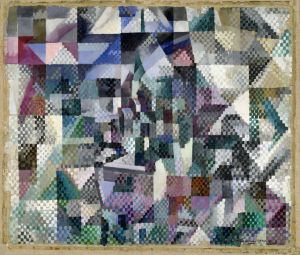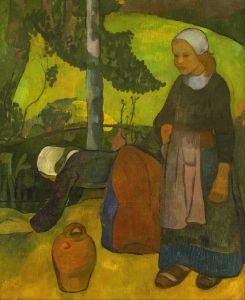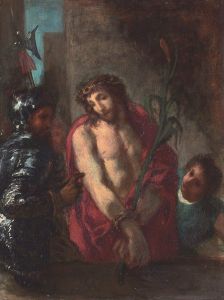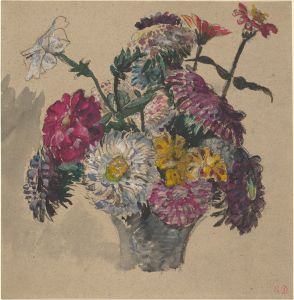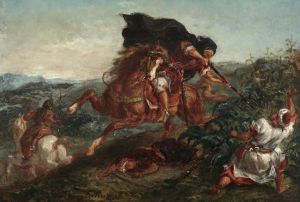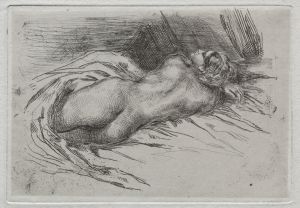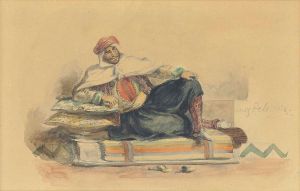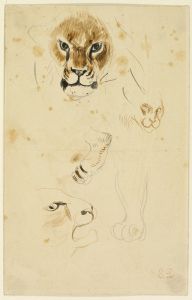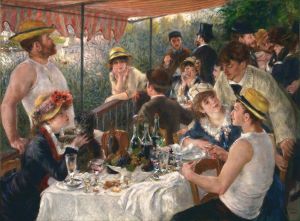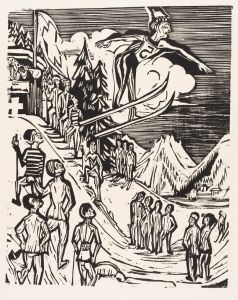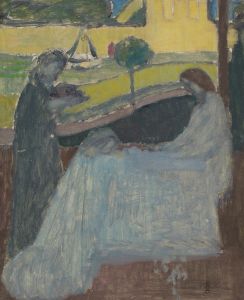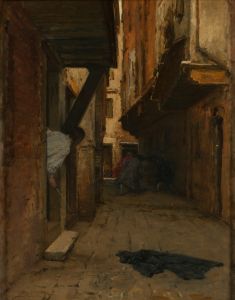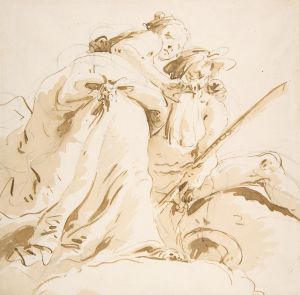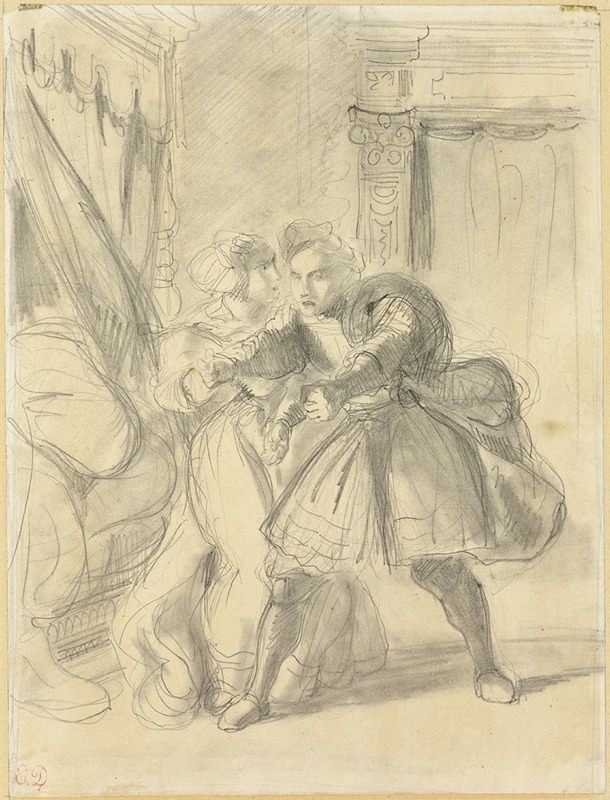
Study
A hand-painted replica of Eugène Delacroix’s masterpiece Study, meticulously crafted by professional artists to capture the true essence of the original. Each piece is created with museum-quality canvas and rare mineral pigments, carefully painted by experienced artists with delicate brushstrokes and rich, layered colors to perfectly recreate the texture of the original artwork. Unlike machine-printed reproductions, this hand-painted version brings the painting to life, infused with the artist’s emotions and skill in every stroke. Whether for personal collection or home decoration, it instantly elevates the artistic atmosphere of any space.
Eugène Delacroix, a prominent French Romantic artist, is renowned for his expressive brushstrokes and vibrant use of color. His works often depict dramatic and emotional subjects, drawing inspiration from literature, history, and contemporary events. Among his many studies and sketches, Delacroix's "Study" pieces serve as a testament to his meticulous preparation and exploration of various themes and techniques.
While specific details about a particular piece titled "Study by Eugène Delacroix" are not widely documented, it is important to understand the context in which Delacroix created his studies. Delacroix often produced studies as preparatory works for larger compositions. These studies allowed him to experiment with composition, light, and color, and to capture the essence of his subjects before committing to a final piece.
Delacroix's studies frequently feature a range of subjects, including human figures, animals, and landscapes. His fascination with the human form is evident in many of his sketches, where he explores anatomy, movement, and expression. These studies often reveal Delacroix's deep understanding of classical art and his ability to infuse it with the dynamism characteristic of the Romantic movement.
In addition to human figures, Delacroix's studies also include animals, which he depicted with remarkable vitality and accuracy. His interest in animals is partly attributed to his visits to the Jardin des Plantes in Paris, where he observed and sketched various species. These studies often served as references for his larger works, where animals played significant roles, such as in "The Lion Hunt" and "Arab Horses Fighting in a Stable."
Delacroix's landscape studies reflect his keen observation of nature and his ability to convey its mood and atmosphere. He often captured the interplay of light and shadow, using bold colors and dynamic brushstrokes to evoke the emotional impact of a scene. These studies were instrumental in developing his approach to landscape painting, which influenced later artists, including the Impressionists.
Throughout his career, Delacroix maintained a strong interest in literature and history, which frequently informed his studies. He drew inspiration from works by authors such as Shakespeare, Goethe, and Byron, as well as historical events like the Greek War of Independence and the French Revolution. His studies often reflect these influences, as he sought to capture the drama and emotion inherent in these narratives.
Delacroix's studies are characterized by their spontaneity and energy, often executed with loose, fluid lines and a vibrant palette. They provide insight into his creative process and his ability to convey emotion and movement with economy and precision. These works are not merely preparatory exercises but are valued as standalone pieces that showcase Delacroix's artistic genius.
In summary, while specific information about a particular "Study by Eugène Delacroix" may not be readily available, understanding the broader context of his studies offers valuable insight into his artistic practice. Delacroix's studies are a testament to his skill and creativity, reflecting his exploration of diverse subjects and his contribution to the Romantic movement in art.





